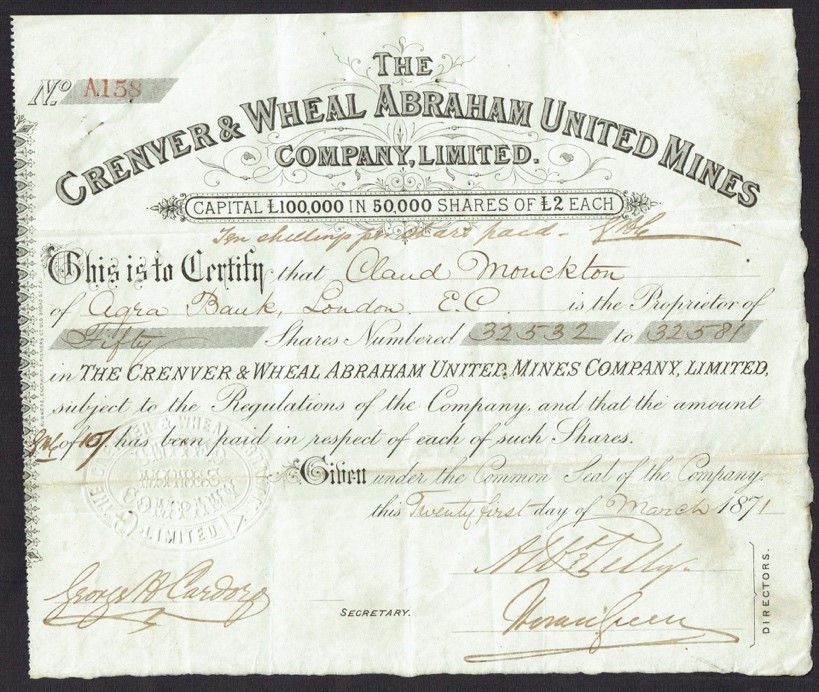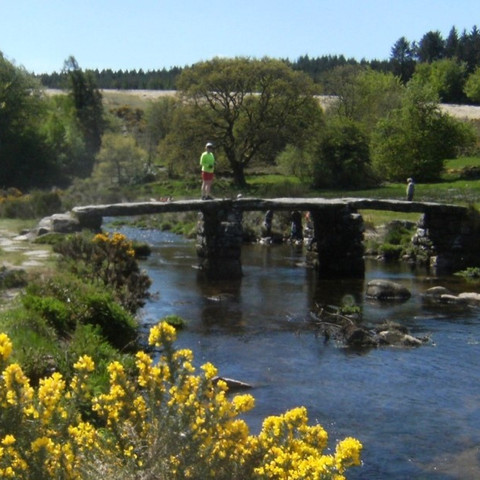Virtual Lands End to John O’Groats ....Week 1
- Cathy MacTaggart
- Apr 9, 2020
- 3 min read
Under Coronavirus rules, the general public remains able to go out once a day, alone (or with people they live with), to ride their bikes for the purpose of exercise. I’m keen to remain active, although I find solo riding hard work. Jim says I always return home in high good humour, and on this basis, frequently encourages me to go out on my bike.
I’ve decided to plot my bike rides along a virtual End-to-End route, more or less following the route that Jim and I rode in 2013. And I chose Friday 28 March, which I think was when the Coronavirus lockdown began, as my start date. The tour will be in weekly instalments until I reach John O’Groats, or I get fed up, whichever comes first!
Week One
Friday 20 March. 21 Miles. Lands End-Leedstown.
Leedstown acquired its name when one of the local well-to-do daughters of the area married the Duke of Leeds. Leedstown was designated part of a World Heritage Site in 2006. It is part of the Cornwall & West Devon Mining Landscape, which includes the Godolphin copper mine, and Wheal Abraham and Crenver tin mines.

Leedstown primary school built from local stone.

Sunday 22 March. Leedstown-Philleigh. 21 miles. Total 42 miles
On our 2013 tour, I commented that this was the day when I scarcely pedalled my loaded touring bike at all. I either pushed it up a hill or freewheeled down the other side. The route involves crossing the River Fal on the King Harry chain ferry. There is a mussel fishery just upstream, and the ferry sells this stock (and provides a bike repair box). They obviously know they are on the LEJOG route.

Philleigh is named after the patron saint of its church. St Fili was Welsh and a companion of St Kea. Philleigh is in an area of outstanding natural beauty.
Monday 23 March. Philleigh-Charlestown 18m. Total 60 miles
Charlestown started its existence as a pilchard fishing port. It then developed a copper mining industry and china clay extraction. The harbour is now too small for modern china clay ships and has been used for the last 25 years mostly as a filming location for programmes such as Poldark (2015), Alice in Wonderland (2008) and Dr Who (2011) as well as The Eagle Has Landed.
Charlestown harbour, Cornwall

Tuesday 24 March Charlestown- Torpoint 32 miles. Total 90 miles

Torpoint means rocky headland, and is on the west side of the River Tamar. The town is an 18th century planned town, so is laid out on a grid system. The Royal Navy training facility HMS Raleigh on the other side of the River Tamar mean the population of Torpoint has increased to support the Devon Dockyard.
The most notable person to have come from Torpoint was John Langdon Down (1828-96). He was a physician who wrote the first paper identifying the learning disability now commonly called Downs Syndrome. He revolutionised care for people with learning disabilities (unusual, and operating contrary to the norm in Victorian times).
Wednesday 25 March – Torpoint-Moretonhampstead 31 miles. Total 121 miles
Today’s ride would have commenced with a trip across the River Tamar, on a much bigger chain ferry than the previous crossing on the King Harry Ferry. Today the LEJOG ride enters its second county – Devon.
This route goes across Yelverton, Princetown and Postbridge, steadily climbing to the highest point on Dartmoor. Very open and exposed. There are many cattlegrids, which the local population of racing cyclists jump across – amazing to watch. They race up to the grid, jump the bike, fly through the air, landing easily, and continue to pedal hard. Inexperienced cyclists, like me, get off and step from metal slat to metal slat, being too scared of falling off and landing badly.
Standing on the clapper bridge at Postbridge, Dartoor
Moretonhampstead is a town with Saxon and medieval heritage. It made its money from wool and woven cloth, had a weekly market charter granted in the 13th century and because of this was a centre of tourism for Devon from that time.
First week of LEJOG completed. Very hilly. It should start to get easier from now on!

























Comments